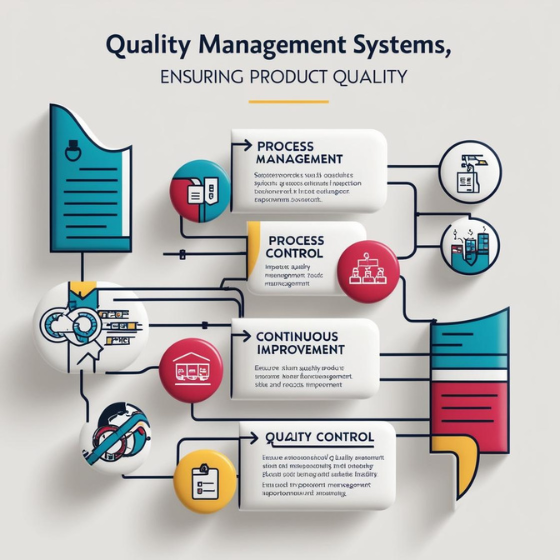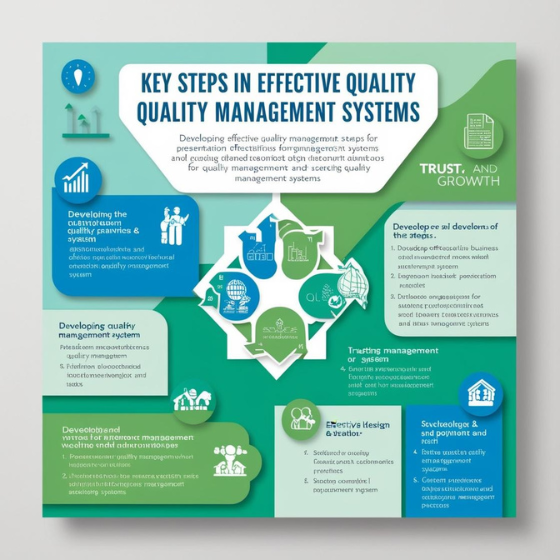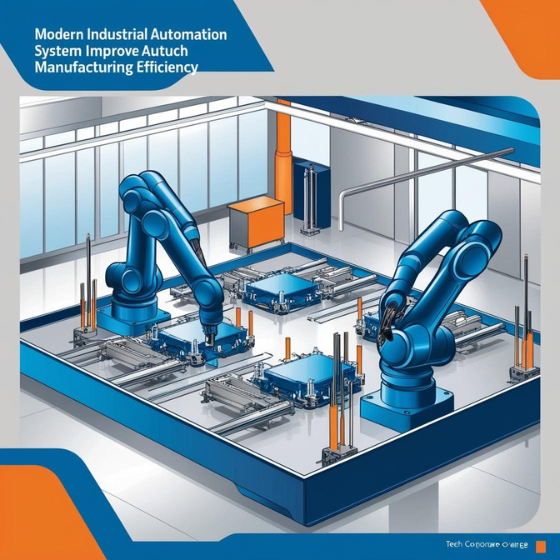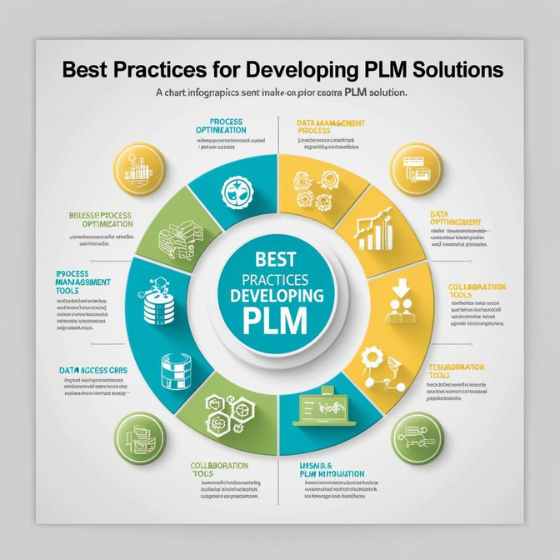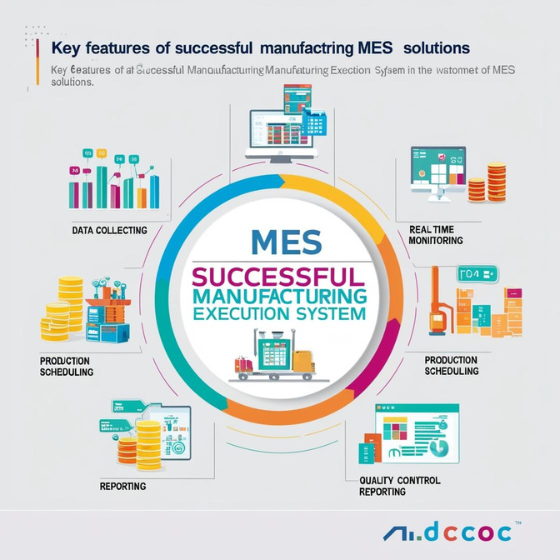Quality Management Systems: Ensuring Product Quality
Introduction
Did you know that poor product quality can cost companies up to 16% of their annual revenue? In a highly competitive marketplace, ensuring consistent product quality is not just a goal but a critical business strategy. Quality Management Systems (QMS) are designed to help organizations streamline their processes, meet regulatory standards, and ultimately deliver products that satisfy customer expectations.
In this blog, we will explore what Quality Management Systems (QMS) are, why they are essential, and how businesses can leverage QMS to ensure consistent product quality across all stages of production.
What is a Quality Management System (QMS)?
A Quality Management System (QMS) is a structured system of processes, procedures, and resources that organizations use to manage and monitor product quality. A QMS helps businesses consistently meet customer and regulatory requirements while improving operational efficiency.
Key Elements of a QMS:
- Document Control: Ensures all product specifications and quality protocols are up-to-date and accessible.
- Process Control: Standardizes procedures for every part of the production cycle.
- Audit and Review: Periodically reviewing processes to ensure continuous improvement.
- Corrective Actions: Taking immediate action when quality deviations are identified.
The Benefits of Implementing a QMS
1. Consistency in Product Quality
One of the most significant benefits of a QMS is the consistency it brings to product quality. By defining clear processes and standards, businesses can ensure that each product manufactured meets the same high quality.
Example: A medical device manufacturer that implemented a QMS saw a 25% reduction in customer complaints after standardizing their production processes.
2. Regulatory Compliance
A strong QMS helps organizations comply with international quality standards, such as ISO 9001 or industry-specific regulations like FDA for healthcare products.
Pro Tip: Keep your QMS aligned with the latest regulations to avoid costly fines and delays in production.
3. Increased Operational Efficiency
A QMS improves efficiency by streamlining workflows, reducing the need for rework, and ensuring that resources are used optimally.
4. Risk Mitigation
By identifying potential quality issues early in the production cycle, a QMS can reduce the risk of defects reaching the customer.
Example: An automotive manufacturer used their QMS to identify potential supply chain risks, preventing costly product recalls.
5. Enhanced Customer Satisfaction
Ultimately, a well-implemented QMS leads to products that meet or exceed customer expectations, fostering loyalty and trust.
Key Components of an Effective QMS
1. Quality Planning
Quality planning involves setting the quality standards that the company’s products must meet and defining the processes to achieve them.
Actionable Tip: Start by identifying customer requirements, regulatory standards, and product specifications to create a comprehensive quality plan.
2. Quality Control (QC)
Quality control includes the day-to-day activities that ensure products meet defined quality standards. It involves regular inspections, tests, and monitoring during production.
Example: A food production company implements daily sampling and testing to maintain consistency and safety in their products.
3. Quality Assurance (QA)
Quality assurance focuses on preventing defects in the first place. QA involves designing processes and systems that reduce the likelihood of defects occurring.
Actionable Tip: Implement preventive maintenance for machines and equipment to minimize production delays or faults.
4. Continuous Improvement
Continuous improvement is at the core of any effective QMS. Tools like Six Sigma and Lean methodologies can be used to refine processes and eliminate inefficiencies.
Pro Tip: Use data-driven insights to inform decisions and improve quality control measures.
5. Employee Training
Ensuring employees are trained and understand the importance of quality management is essential for the success of a QMS.
Best Practices for Implementing a QMS
1. Define Clear Objectives
A QMS should be aligned with your business goals. Define measurable objectives like reducing defects by 10% or improving on-time delivery to track progress.
2. Automate Where Possible
Leveraging technology to automate manual processes can significantly improve accuracy and efficiency in your QMS. Consider implementing software solutions that integrate with your production systems to monitor quality in real time.
Example: A pharmaceutical company uses automated testing to verify product quality, reducing human error and speeding up production.
3. Focus on Employee Engagement
Employees should be actively involved in quality management, as they are the ones implementing the systems daily. Foster a culture where quality is prioritized at every level.
4. Regular Audits and Reviews
Routine internal audits and process reviews are essential for maintaining high standards and identifying areas of improvement.
Tip: Use audits to track compliance and gather insights for refining your QMS.
5. Invest in Technology and Tools
Digital tools and software can streamline quality management processes and improve tracking and reporting. Consider investing in tools like ERP systems and track and trace software to enhance quality assurance capabilities.
Challenges in Quality Management
1. Resistance to Change
Employees and managers may resist changes to established processes. Overcoming this resistance requires clear communication and training to show the value of the new system.
2. Maintaining Compliance
As regulations evolve, staying compliant can be challenging. Companies must stay informed about industry standards and regularly update their QMS to remain in compliance.
3. Data Management
The massive volume of data generated by a QMS can be overwhelming. Implementing systems that can store, organize, and analyze this data is crucial for maintaining effective quality control.
Future Trends in Quality Management
1. Integration with Industry 4.0
As manufacturing becomes more digitized, QMS solutions are increasingly integrated with smart technologies like IoT and AI. These technologies allow for real-time quality monitoring and predictive maintenance, ensuring that quality issues are detected before they become problems.
2. Cloud-Based QMS
Cloud solutions make it easier for businesses to manage quality control data, collaborate across multiple locations, and scale the QMS as needed.
3. Automation and AI for Quality Control
AI-powered inspection systems can analyze large datasets and automatically identify defects, improving speed and accuracy in the quality management process.
Conclusion
In today’s competitive market, a robust Quality Management System (QMS) is a crucial element in delivering high-quality products that meet customer expectations. By implementing best practices like clear objectives, employee engagement, and continuous improvement, businesses can ensure consistent product quality and operational efficiency.
At Sodio, we offer tailored solutions to help businesses develop and implement effective QMS frameworks.
Ready to elevate your product quality? Contact Sodio today to discover how we can help you implement a comprehensive QMS tailored to your needs.
